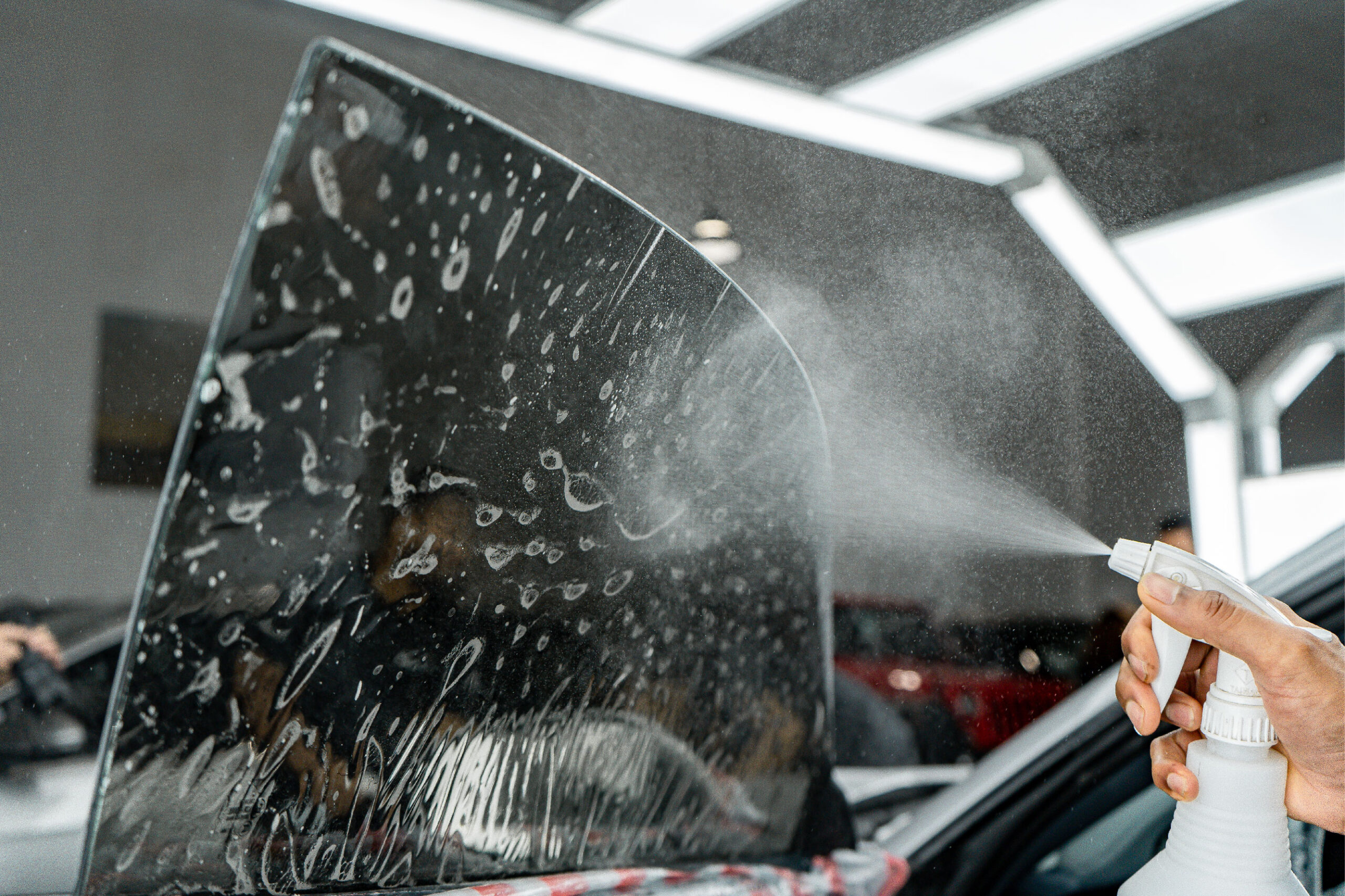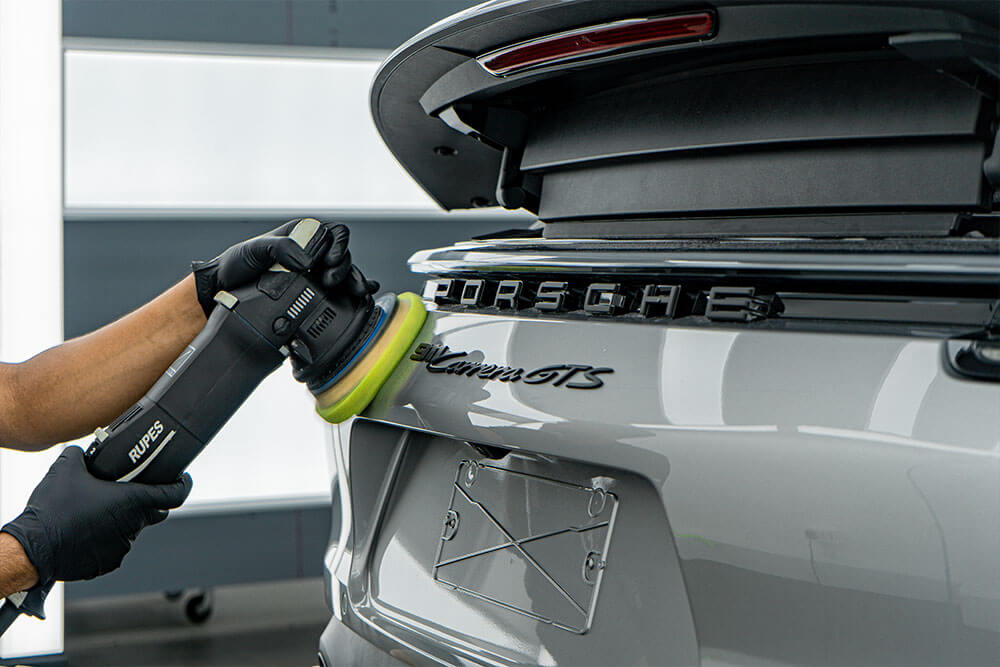
Window tinting is more than just an aesthetic choice; it offers practical benefits like privacy, protection from UV rays, and reduced heat buildup. Whether you’re looking to enhance your car, home, or office, choosing the right window tint is essential for achieving the desired results. However, with so many options available, it can be difficult to know where to start. This guide will help you choose the perfect tint film based on your unique needs, so you can enjoy the full advantages of window tinting.
Understand Your Primary Goal
Before choosing a tint film, it’s important to determine your main objective. Are you looking to reduce heat? Block UV rays? Add privacy? The right tint will depend on which benefits matter most to you.
- Heat Reduction: If you’re mainly concerned about keeping interiors cooler, opt for a film that offers superior heat rejection. Ceramic and metallic tints are among the best for blocking infrared rays, which are responsible for most of the heat buildup inside a vehicle or building. Ceramic films, in particular, excel in this area without affecting visibility or electronics.
- UV Protection: If protecting your skin and preserving interior materials is your priority, look for films with high UV-blocking capabilities. Most window tints block up to 99% of harmful UV rays, but ceramic films tend to offer additional protection against infrared light, further reducing sun damage.
- Privacy and Security: For those who value privacy, consider a darker tint or a film designed specifically for privacy. Tints with higher VLT (visible light transmission) percentages will block the view from the outside, offering more concealment. A reflective or black-out film can provide enhanced privacy without sacrificing other benefits.
Choose the Right Type of Film
Window tint films come in several types, each offering different advantages. Knowing what each type can do for you will help make your decision easier.
- Dyed Film: Dyed films are the most affordable option. They provide basic privacy and UV protection by absorbing sunlight. However, they are not as effective in heat rejection compared to other types of film. They also have a tendency to fade over time and may not offer the same durability as ceramic or metallic films.
- Metallic Film: Metallic films contain metal particles that reflect sunlight, providing excellent heat rejection and UV protection. These films are durable and less prone to fading. However, the metallic particles can interfere with electronic signals, such as GPS or radio reception. If you rely heavily on such signals, this may not be the best choice.
- Ceramic Film: Ceramic films are the top choice for heat rejection, UV protection, and durability. They offer high performance without the drawbacks of metal interference. Though they tend to be more expensive than other options, their superior longevity and effectiveness make them a worthwhile investment.
- Hybrid Film: Hybrid films combine the benefits of dyed and metallic films, offering a balance between heat rejection, UV protection, and affordability. While they aren’t as effective as ceramic films in terms of heat rejection, they still perform well and don’t suffer from the signal interference of metallic films.
Consider the Legal Restrictions
Different regions have different regulations when it comes to window tinting. It’s essential to check your local laws regarding tint darkness (VLT percentage) and whether certain tints are allowed on specific windows of your vehicle. Failing to comply with legal restrictions could result in fines or the need to remove the tint altogether. Always ensure that the film you choose meets the legal requirements for your area.
Think About Longevity and Maintenance
If you’re looking for a tint that will last for years without discoloring or peeling, opt for a high-quality film like ceramic or metallic. These types are more resistant to fading and degradation, ensuring that your tint maintains its appearance and performance over time. Dyed films, on the other hand, can fade or bubble with age, especially when exposed to prolonged sunlight.
For ease of maintenance, choose a film that is easy to clean and resistant to scratches. Some films may require special care when cleaning, while others are more durable and can be cleaned with standard glass cleaners.
Budget Considerations
Window tint films range in price depending on the type and quality of the film. While more expensive options like ceramic films offer superior performance and longevity, they may not fit into everyone’s budget. If cost is a major factor, consider dyed or hybrid films, which offer more affordable options with satisfactory results. However, remember that the initial investment in higher-quality films can save you money in the long run by reducing the need for replacements.


